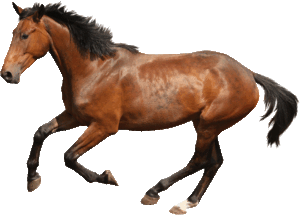Click on the player below the picture to hear Matt say the word! American accent pronunciation. Word below the Picture Dictionary Animals songs video!










Great work! Now watch and sing the Picture Dictionary Animals Song with Matt and Bell!
I hope you enjoyed this audio lesson with Matt from Dream English! Download and listen to free animals songs. Click here!